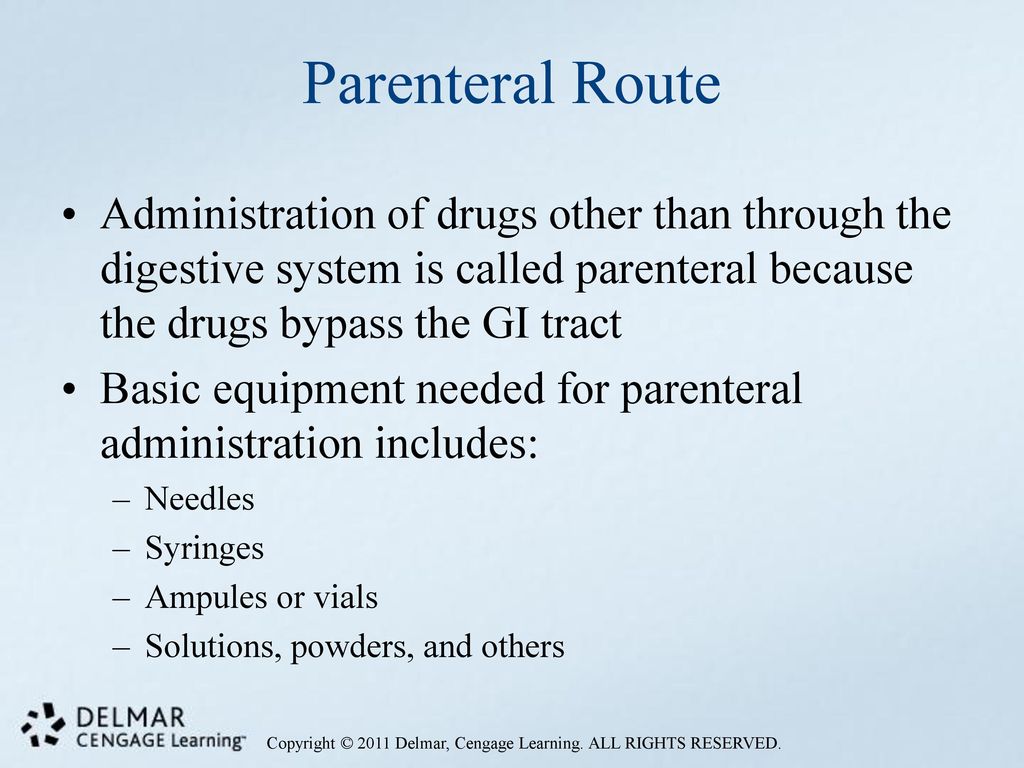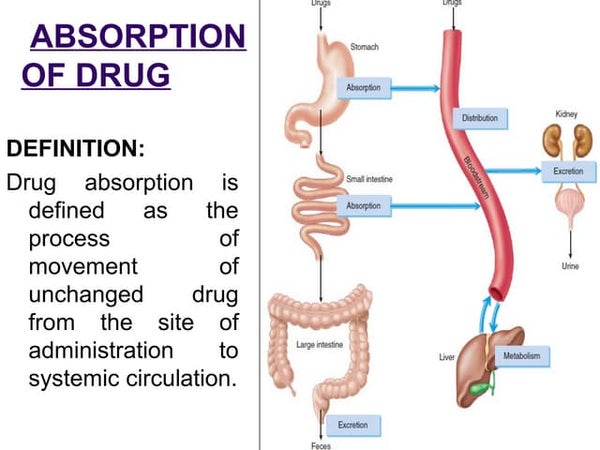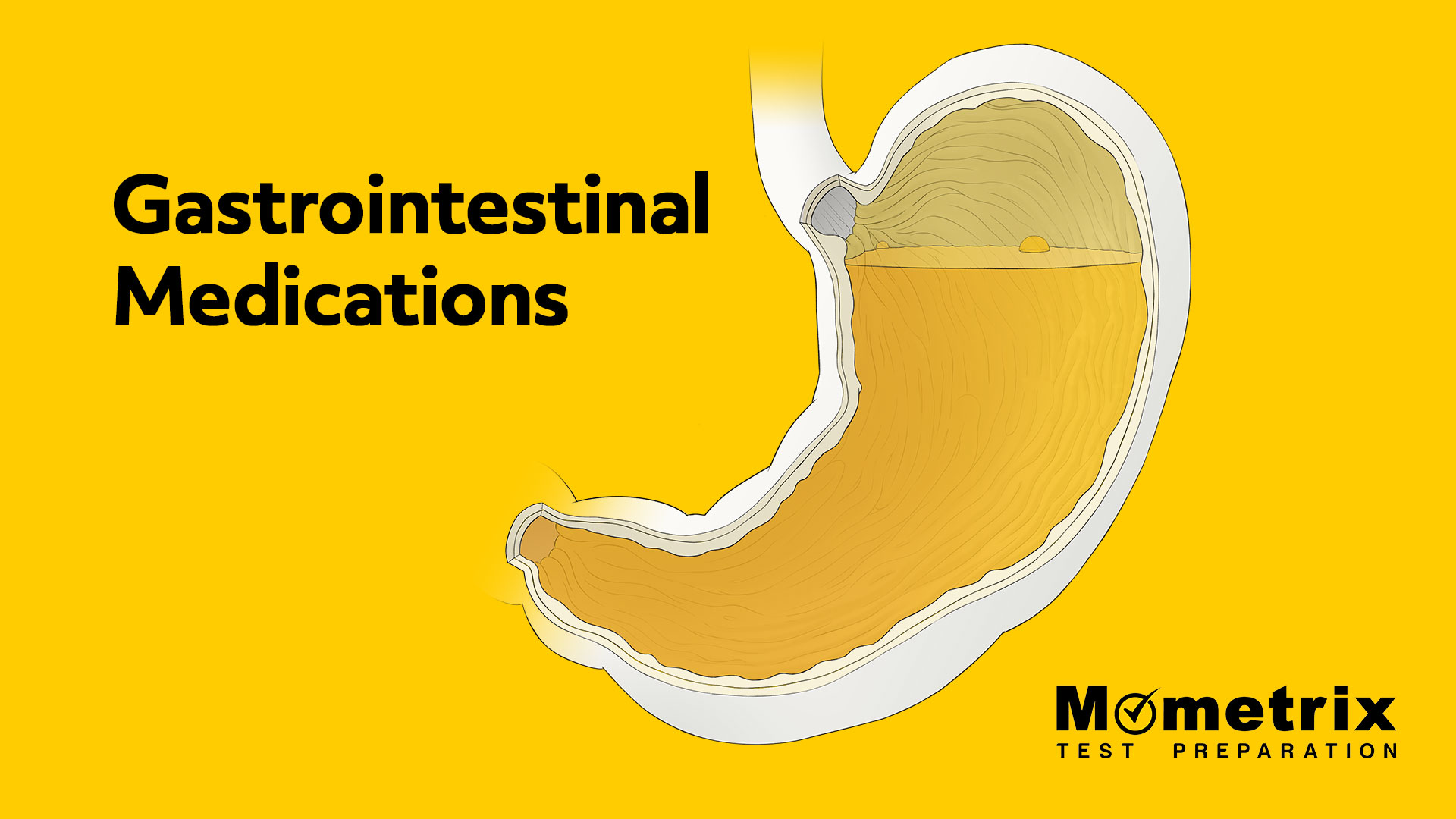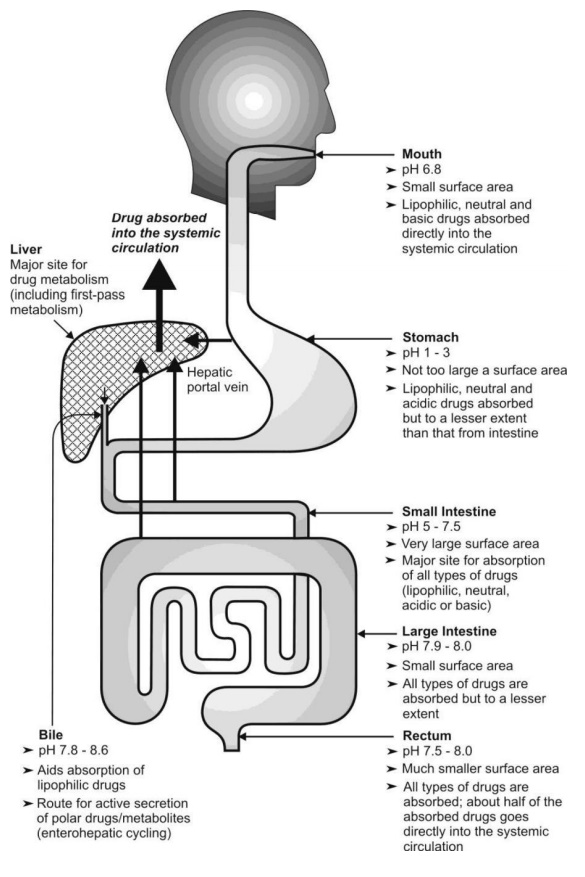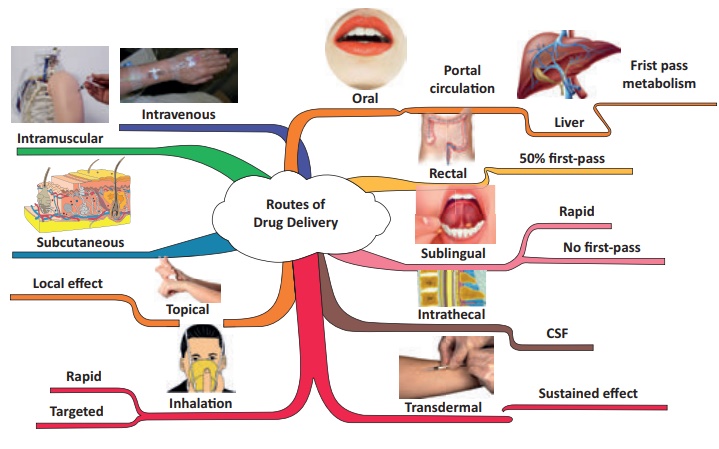What Method Of Giving Medications Will Bypass The Gi Tract

The human body, a complex network of interconnected systems, often requires medical intervention to maintain its delicate balance. When oral medications fail to deliver the necessary therapeutic effect due to gastrointestinal (GI) issues, alternative routes become crucial. These methods bypass the digestive tract, offering faster absorption and targeted delivery, revolutionizing how we treat various ailments.
This article explores various medication delivery methods that circumvent the GI tract. This approach is essential when patients experience malabsorption, severe vomiting, or are unable to swallow. Understanding these techniques is paramount for healthcare professionals and patients seeking effective treatment options.
Bypassing the Gut: A Deep Dive into Alternative Medication Delivery
The need to bypass the GI tract for medication administration arises from several clinical scenarios. These include situations where a patient is unconscious, experiencing severe nausea or vomiting, or has conditions that impair drug absorption in the gut. In these circumstances, alternative routes become indispensable.
These alternative routes ensure that the medication reaches the bloodstream directly or is absorbed through other tissues. This approach guarantees a more reliable and predictable therapeutic effect. Several methods accomplish this, each with its own advantages and drawbacks.
Intravenous (IV) Administration
Perhaps the most well-known method of bypassing the GI tract is intravenous (IV) administration. This involves injecting medication directly into a vein. This route provides immediate access to the circulatory system.
The advantages of IV administration are its rapid onset of action and precise control over drug dosage. Healthcare professionals closely monitor patients during IV infusions. This allows for quick adjustments based on individual responses.
However, IV administration requires skilled personnel and sterile equipment. It also carries risks such as infection, vein irritation, and allergic reactions. Continuous monitoring of the patient is essential to manage these potential complications.
Intramuscular (IM) Injections
Intramuscular (IM) injections deliver medication directly into a muscle. The drug is then absorbed into the bloodstream through the muscle tissue. This method is suitable for medications that need to be released gradually over a period of time.
IM injections are generally less invasive than IV administration. They can be administered by trained healthcare providers or even by patients themselves, under proper instruction. Common injection sites include the deltoid (arm), gluteus maximus (buttock), and vastus lateralis (thigh).
However, IM injections can be painful and may cause localized reactions. Factors such as muscle mass and blood flow can influence the absorption rate. As a result, precise dosage control can be slightly more challenging than with IV administration.
Subcutaneous (SC) Injections
Subcutaneous (SC) injections involve injecting medication into the layer of tissue just beneath the skin. This method allows for slower absorption compared to IM injections. It is commonly used for drugs like insulin and some vaccines.
SC injections are generally well-tolerated. Patients can easily self-administer these injections at home. The abdomen, thigh, and upper arm are common injection sites.
The rate of absorption can be affected by factors like blood flow, hydration, and subcutaneous fat. SC injections may not be suitable for medications that require rapid absorption or high doses.
Transdermal Patches
Transdermal patches offer a non-invasive way to deliver medication through the skin. The patch contains a reservoir of medication. It releases it gradually over an extended period of time.
Transdermal patches are convenient and eliminate the need for frequent injections or oral administration. Common examples include nicotine patches for smoking cessation and fentanyl patches for pain management. The skin absorbs the drug directly into the bloodstream.
However, the rate of absorption can vary depending on skin hydration, blood flow, and the individual's metabolism. Some people may experience skin irritation or allergic reactions to the adhesive in the patch. Not all medications are suitable for transdermal delivery.
Sublingual and Buccal Administration
Sublingual administration involves placing medication under the tongue. Buccal administration involves placing it between the gum and cheek. These routes allow the medication to be absorbed directly into the bloodstream through the mucous membranes.
These methods are particularly useful for drugs that are rapidly metabolized in the liver when taken orally. Nitroglycerin, used to treat angina, is a classic example. The medication bypasses the first-pass metabolism.
Sublingual and buccal administration offers rapid absorption and avoids the harsh environment of the stomach. However, the amount of drug that can be administered is limited. Patients must avoid swallowing until the medication is fully absorbed.
Rectal Administration
Rectal administration involves inserting medication into the rectum. The medication is absorbed through the rectal mucosa into the bloodstream. This route is often used when patients cannot swallow oral medications or when oral medications are poorly absorbed.
Rectal administration is useful for delivering medications like antiemetics (to prevent vomiting) and anticonvulsants (to control seizures). It can also be used for local treatments, such as suppositories for hemorrhoids.
However, rectal absorption can be inconsistent and affected by factors like bowel content and rectal irritation. Some patients may find this method uncomfortable or unacceptable.
Inhalation
Inhalation involves breathing in medication in the form of a gas or aerosol. The medication is absorbed through the lungs into the bloodstream. This method is commonly used for treating respiratory conditions like asthma and chronic obstructive pulmonary disease (COPD).
Inhaled medications are delivered directly to the lungs. This minimizes systemic side effects. Common devices include inhalers and nebulizers. These devices deliver the medication in a fine mist.
However, the effectiveness of inhaled medications depends on proper technique. Patients must be properly instructed on how to use the devices correctly. Factors such as lung capacity and airway obstruction can affect drug delivery.
The Future of Medication Delivery
Research into new and improved methods of bypassing the GI tract is ongoing. Scientists are exploring innovative technologies like microneedles and implantable devices. These technologies offer the potential for even more precise and targeted drug delivery.
Microneedles are tiny needles that painlessly penetrate the skin to deliver medication directly into the underlying tissues. Implantable devices can release medication over an extended period of time. These devices eliminate the need for frequent injections or oral administration.
These advancements promise to revolutionize the way we treat various diseases. This makes medication administration more convenient, effective, and patient-friendly.
Conclusion
Bypassing the GI tract for medication administration is crucial in various clinical scenarios. Intravenous, intramuscular, subcutaneous, transdermal, sublingual, buccal, rectal, and inhalation are all valuable alternatives. These methods can provide faster absorption, more reliable drug delivery, and improved patient outcomes.
As technology advances, we can expect to see even more innovative methods of bypassing the GI tract. These advances will transform medication delivery and improve the lives of patients worldwide.
